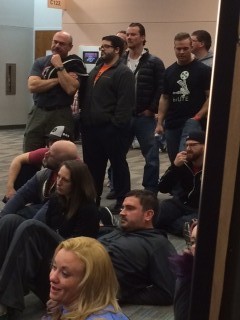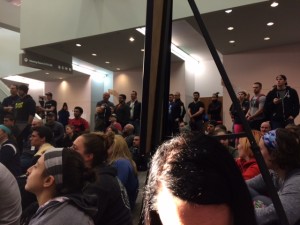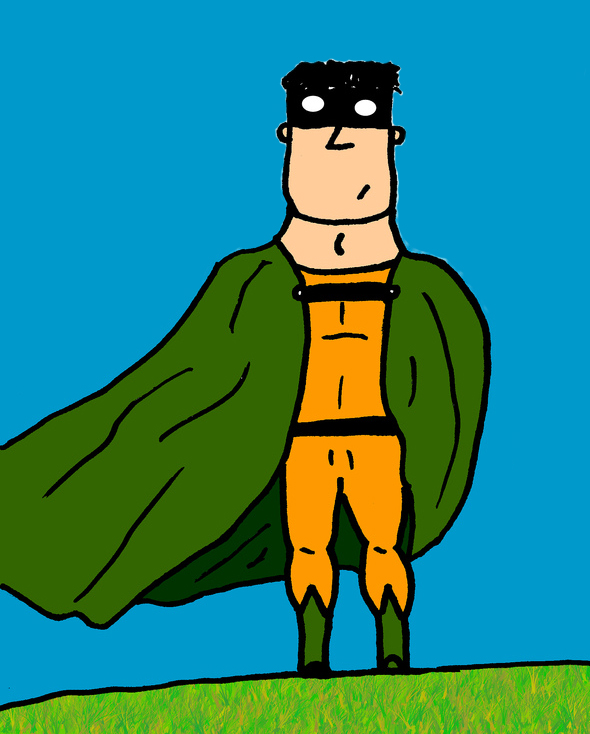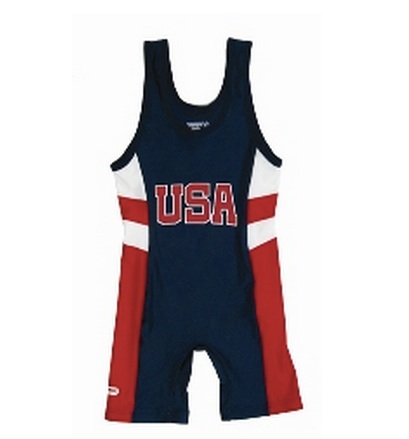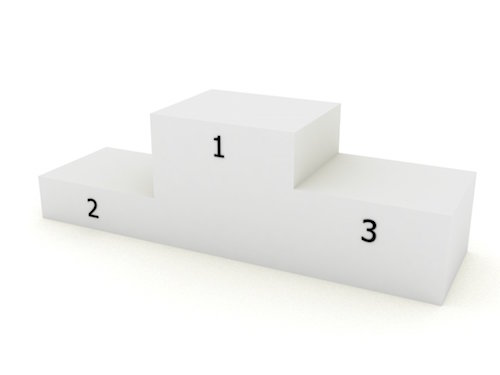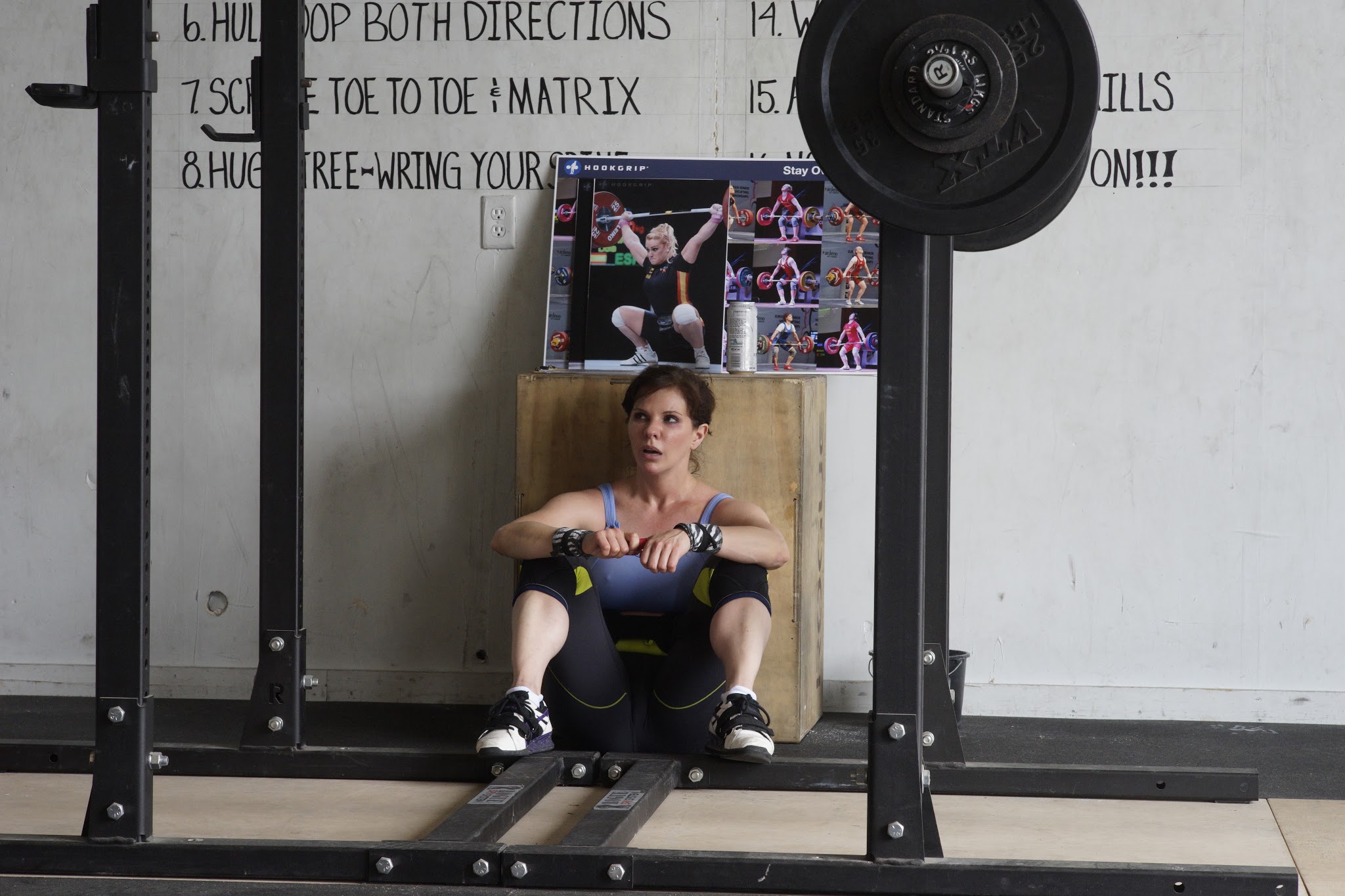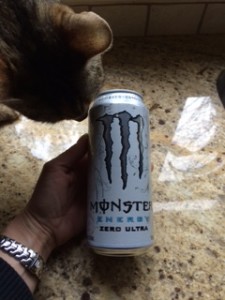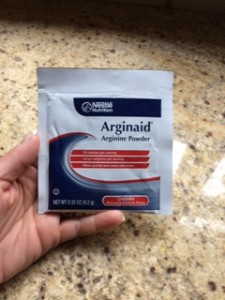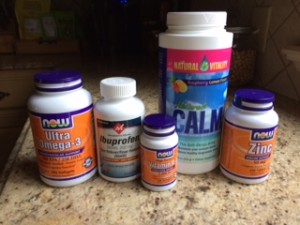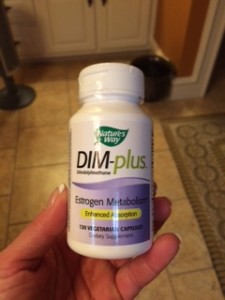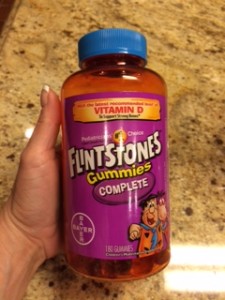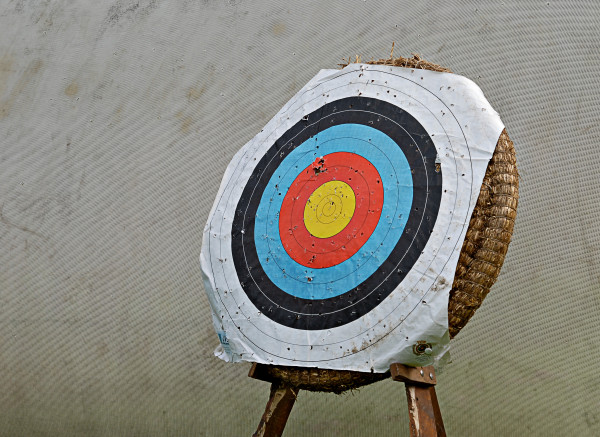“It is not the critic who counts; not the man who points out how the strong man stumbles, or where the doer of deeds could have done them better.
The credit belongs to the man who is actually in the arena, whose face is marred by dust and sweat and blood; who strives valiantly; who errs, who comes short again and again, because there is no effort without error and shortcoming;
but who does actually strive to do the deeds; who knows great enthusiasms, the great devotions; who spends himself in a worthy cause; who at the best knows in the end the triumph of high achievement, and who at the worst, if he fails, at least fails while daring greatly, so that his place shall never be with those cold and timid souls who neither know victory nor defeat.” Theodore Roosevelt
I got to do my first meet with my team, Weightlifting Academy, this past Saturday. I think in the end we had 13 lifters there and it was more fun than I can even articulate (but I’ll try, because, after all, I’m writing this and you’re reading it).
First, let me tell you what it means to me to be on a team. I was that kid in middle school/high school/college/medical school/all of life who at best exercised occasionally to burn off some caffeine or to try and look good in shorts. I was never an athlete.
I have always self identified as a geek. If there was an olympic medal for reading, I’d be Ilya Ilyn. Seriously. I can (and often still do) read about a book a day. My husband jokingly says his next wife will be illiterate since I spend so much money on books. I love history and physics and linguistics.
For whatever reason, my self identity was binary. I could be a geek or I could be the hot chick, but not both. I could be well learned (pronounce it with two syllables) but not have smarticles AND be an athlete.
Fast forward to today. Now I geek out on weightlifting technique and articles about recovery. And I can finally see the many facets in my reflection. The geek, the athlete, the raver (I love trance and progressive house music, don’t judge), the *ahem* mature beauty, the wife, the mom, the doctor, the lover of fast cars and cute cats. It’s all in there, it all has a place.
Which brings me to my team. So now in my 40’s, I am a member of an athletic team for the first time in my life. It doesn’t hurt that this team has at its’ helm two other people who think that thinking deep thoughts is a worthy endeavor. But it’s still a weightlifting team and you still have to compete.
Last Saturday I got to do something scary and nerve wracking with the love and support of my team mates. It’s not easy to wrap yourself in spandex and lift weights in front of a crowd. As Teddy said above, the credit goes not to the internet warrior criticizing your crappy clean, but to the person who dares greatly and gets up to challenge themselves in the arena.
But how much more wonderful was it knowing that I had people who would cheer me on from the stands and who understood every minute of what it took to get on that platform? People with whom to share a warm-up space and rocky road cookies. People who had tape in case I forgot it and who helped me shake off two failed snatch attempts. A coach who said I should go for my shiny new competition PR clean and jerk.
And people for whom I could scream from the stands after I was done. I have a team. I have people.
I actually got teary when I saw my name on the schedule for Masters Nationals in two weeks and saw “Weightlifting Academy” by my name instead of “unattached”.
I am a proud member of the #AshevilleStrengthLegion, some of the most awesomest people in the world.

